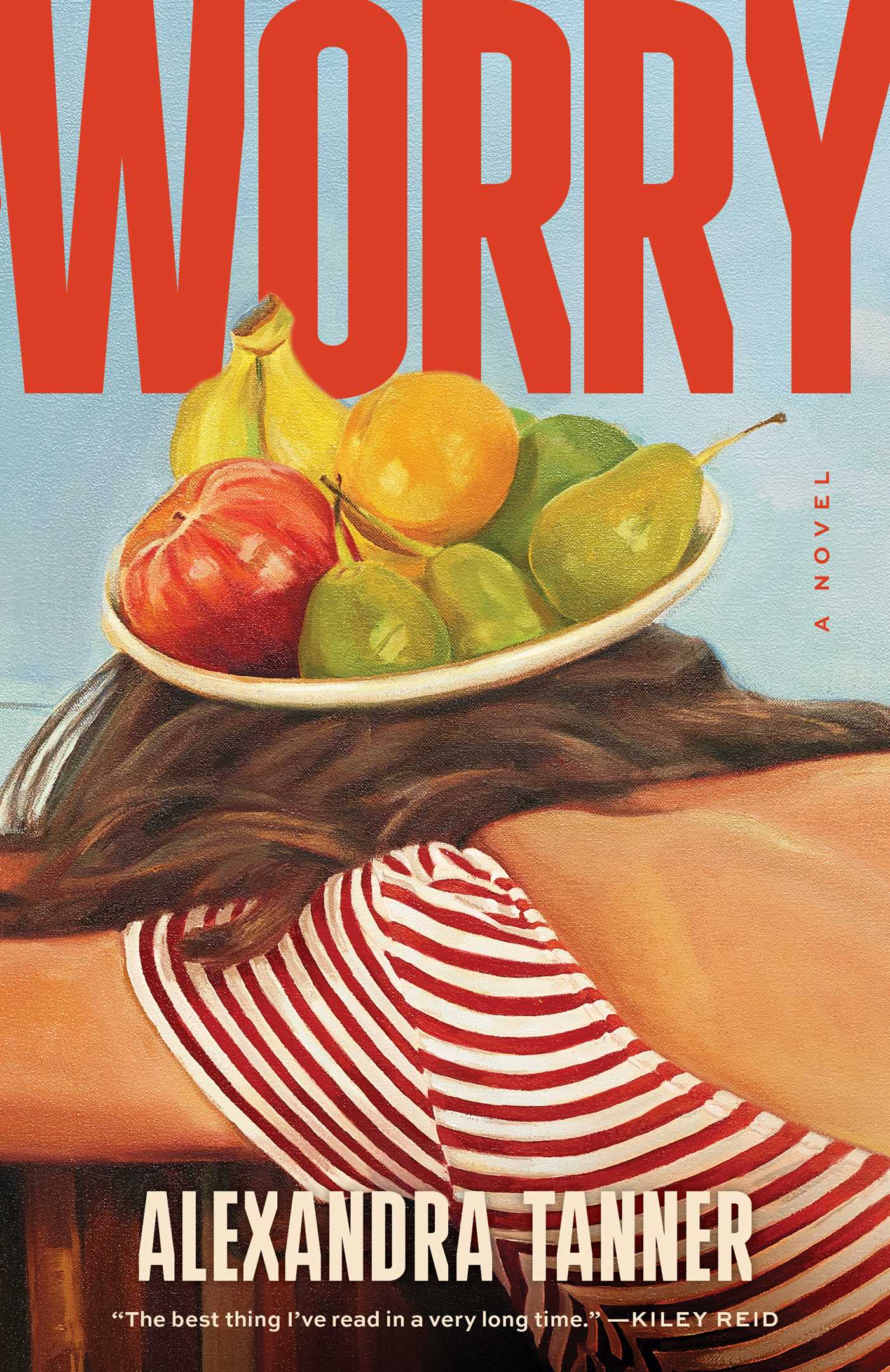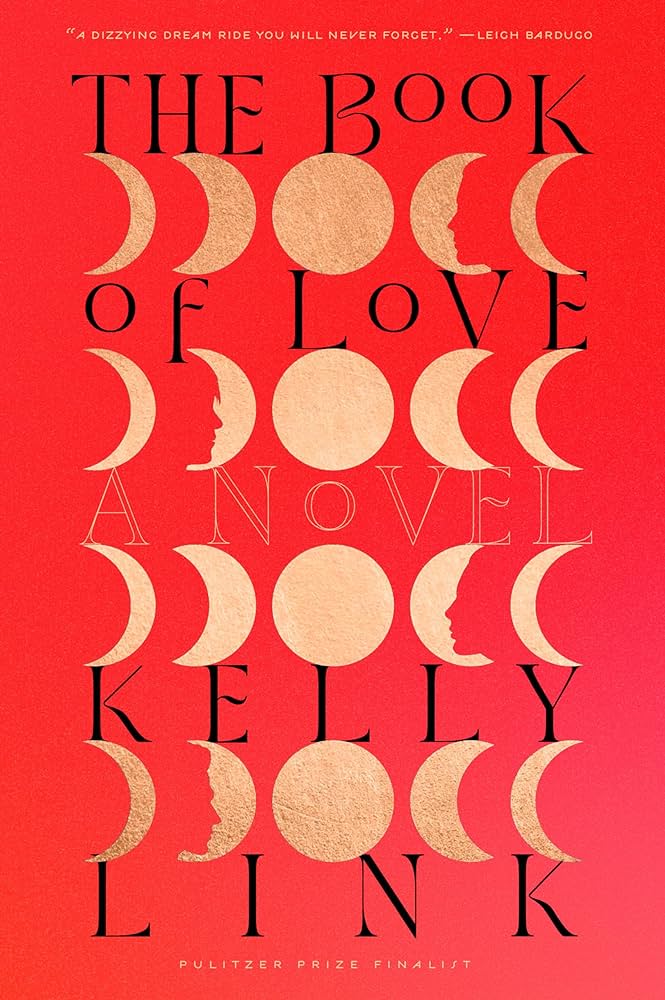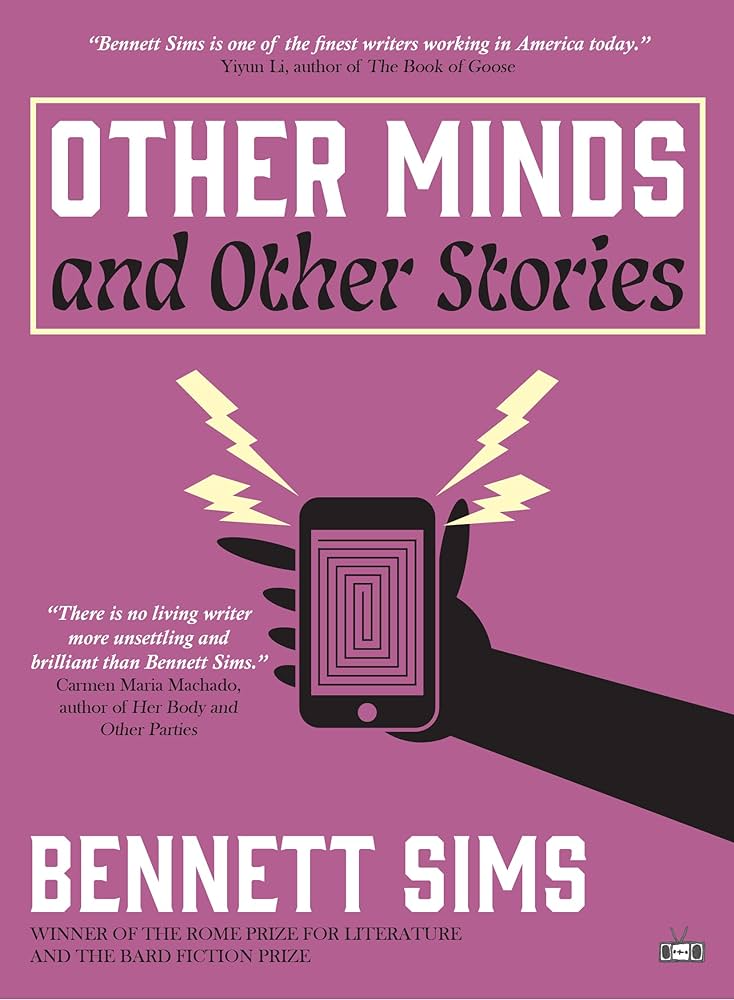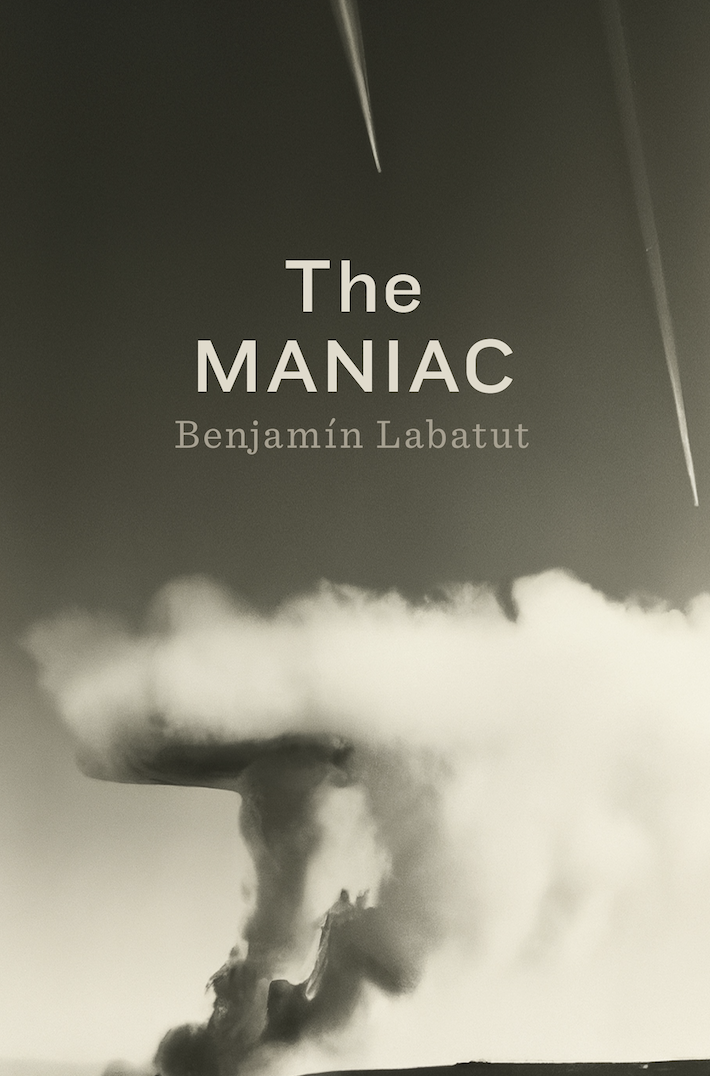In the frontmatter of Rebekah Frumkin’s debut novel, The Comedown, the reader is presented with two genealogy charts: one for the Marshalls, and one for the Bloom-Mittwochs. These are wild, unpruned, tangled family trees—more than a few names appear on both. Frumkin sets herself the task of filling in the stories behind these names, and in the more than 300 pages that follow, she does precisely that.
The Comedown tracks the Marshalls, who are black, and the Bloom-Mittwochs, who are white and Jewish, over multiple generations. The two families are tied to one another by a briefcase full of money, which is to say, a plot device. When a hit job goes awry, a payment to the drug dealer Reggie Marshall ends up in the possession of one of his customers, Leland Bloom-Mittwoch Sr. His and Reggie’s descendants spend much of the novel chasing after it. “A briefcase,” one character says. “That’s symbolic. Like in a dream.” The briefcase is a classic MacGuffin, an artificial goal that gives the story purpose. But, breaking with authors like Rachel Cusk, for whom writing conventional fiction feels “fake and embarrassing,” or Karl Ove Knausgaard, who wrote in his My Struggle series that “the thought of a fabricated character in a fabricated plot made me feel nauseous,” Frumkin isn’t ashamed to milk her MacGuffin for all its worth. She knows that narrative is artifice, but she also knows it’s fun.
After a wonderfully dramatic prologue that finds Leland Sr. jumping off a hotel roof in Tampa to his death, Frumkin gives us a chapter centered on his first wife, Melinda Provouchez. We see Melinda as an adolescent in the ’50s and ’60s, traumatized by her mother’s binge eating; Melinda as an overweight mother in 2009, watching over her son in the hospital; Melinda as a student at Kent State in 1970; and Melinda’s search for the briefcase, also in 2009.
Each chapter is dedicated to a single character who, in most cases, will not be the primary focus again. This structural gambit unfortunately results in a compartmentalized narrative. All 13 protagonists get their own chapter, with only one or two repeats. And because the chapters are structured like character sketches, every 15 or 20 pages the reader must reset and make mental space for a new set of personality quirks and childhood memories. As a result, much of the novel is given over to flashbacks and exposition. Each chapter demands the escape velocity of a short story.
There is something democratic about Frumkin’s approach, giving nearly equal time to all the players, from the family patriarchs and matriarchs to Lee Jr.’s video game-obsessed, gender-nonbinary lover. But not all of the characters exert the same pressure on the story, and after a while the every-character-only-once model begins to feel like more of a constraint than an armature. The novel has less of a plot than a series of reoccurring motifs, the briefcase among them, nested in the character sketches. The Comedown soars, however, when characters we’ve already met, and who have left strong impressions—like Leland Sr.—appear in other characters’ chapters, not as reference points but in actual scenes, creating a more cohesive universe.

 Leland Sr. serves as the novel’s true connective tissue. Unlike the self-assured intellectuals and defiant neurotics of Philip Roth novels, Leland is an exasperating drug addict. If he has a predecessor in American fiction it is Eugene Henderson of Henderson the Rain King, or better yet Tommy Wilhelm in Seize the Day, the Saul Bellow protagonists who, unlike Charlie Citrine or Moses Herzog, lack the wherewithal to self-diagnose, and self-medicate, with philosophy. But Bellow gives his novels over to these men; in The Comedown, Leland is one voice among many.
Leland Sr. serves as the novel’s true connective tissue. Unlike the self-assured intellectuals and defiant neurotics of Philip Roth novels, Leland is an exasperating drug addict. If he has a predecessor in American fiction it is Eugene Henderson of Henderson the Rain King, or better yet Tommy Wilhelm in Seize the Day, the Saul Bellow protagonists who, unlike Charlie Citrine or Moses Herzog, lack the wherewithal to self-diagnose, and self-medicate, with philosophy. But Bellow gives his novels over to these men; in The Comedown, Leland is one voice among many.
Drugs, medicinal and recreational, shape the lives of almost every character. The Marshalls and the Bloom-Mittwochs are dealers, users, addicts, and abusers. Frumkin is attuned to the states these drugs induce, both within the user and without. A memorable chapter devoted to Lee Jr. (not to be confused with Leland Jr. or Leland Sr.) follows his plan to drug his half-brother (that’s Leland Jr.) against his will while under the influence of shrooms. Frumkin nimbly captures the anxiety, paranoia, and vulnerability of that experience. “He had the staticky, hippocampal impression that they were trapped in a snowdrift,” Lee thinks in the moments after stoned sex with a girl in his dorm, as missed calls and texts pile up on his phone.
Devi was still on top of him and he was holding her, one hand at her back, one at her ass, as though she were in a front-slung papoose….She was breathing heavily. The room’s palette was set on a higher saturation than it had been when he and Devi had started…she was thinking about how fucked up he was, and how fake he was, and how little he deserved her… He was getting a shitty Pygmalion vibe from the whole thing and gently pushed her off him.
Frumkin is whip-smart and funny. The writing is compulsively readable without being pedestrian. Sentences seem to vibrate. Here is Frumkin describing Temple Chaim Sheltok:
Unlike the more modern synagogues in north Florida—the no-frills cement ones built by the Jewish retirees who’d floated south from New York and New Jersey, with Reform rabbis who wore guayabera shirts and kept kosher one day a week—the Temple Chaim Sheltok predated both World Wars.
 Compare that to Zadie Smith’s description of the Glenard Oak school in White Teeth:
Compare that to Zadie Smith’s description of the Glenard Oak school in White Teeth:
It had been built in two simple stages, first in 1886 as a workhouse (result: large red monstrosity, Victorian asylum) and then added to in 1963 when it became a school (result: gray monolith, Brave New Council Estate).
Both writers have a flair for detailing the social histories of buildings, neighborhoods, and families with an arch sense of humor deployed by a winking, not-entirely-objective third-person narrator.
The Comedown is, in many ways, a throwback to the turn of the millennium. Like Smith, Frumkin’s debut employs a large, multiracial cast to explore issues of identity and history. But they most resemble one another on the level of style. Frumkin’s writing often calls to mind “hysterical realism,” James Wood’s term for the frenzied, information-rich novels of the late ’90s and early aughts by writers like David Foster Wallace, Don DeLillo, and Smith. These were novels that suffered, in Wood’s view, from an “excess of storytelling.” “The big contemporary novel is a perpetual-motion machine,” he wrote. “…Stories and sub-stories sprout on every page, as these novels continually flourish their glamorous congestion.”
Wood succeeded in identifying the symptoms of this style, but whether or not they describe a disease is a question of taste. Diedre (not Deirdre—Frumkin loves a quirky name) Bloom-Mittwoch’s chapter opens like this:
What had been happening in Diedre’s life prior to the summer of 1985, the month of July, when [Leland Sr.] drove up to the Shell where she worked in his 1976 green Ford Pinto, dressed in resort-owner pants and a guayabera, pupils massive behind a pair of expensive-looking Ray-Bans? She had been living with her girlfriend Trish in an efficiency above Sol’s Delicatessen…Trish who played drums in a hardcore band called Damocles Anthem that was moderately famous in the Orlando underground scene, playing places like Club Space Fish and D.I.Y. Records.
Wood might argue, as he did of White Teeth, that details like these “vandalize each other.” And he might be right. (There’s that guayabera shirt again.) But this style has its advantages, namely that, when used well, it infuses a writer’s prose with a great deal of intelligence and energy, which is certainly the case in The Comedown. It’s rare that a novel this smart is such an engrossing read.
In recent years, piece after piece has been written about whether white writers can (or should) write black characters, whether men can (or should) write female characters, and what we should make of sensitivity readers who comb novels for offensive material. Frumkin reminds us that these thorny questions of could and should are often a straightforward matter of imagination, empathy, and research. All of her characters are rendered with depth, portrayed with amusement and affection. Frumkin’s witty, third-person voice is as comfortable with the drug-dealing Reggie Marshall as it is his Melville scholar wife, Tasha; she can describe a tripping Lee Jr. just as well as she can Leland Jr., who works at a mutual fund and plans to invest in the very drug that Lee sprinkles on his fettuccine Alfredo.
The Comedown is not, however, a work of gritty realism aiming to portray the lived realities of a diverse set of characters. It is a fundamentally comic novel (and a very funny one at that). Frumkin’s arch style sometimes risks flattening the individual characters under the force of her voice. But in a world of Cusks and Knausgaards, Teju Coles and Ben Lerners—all wonderful novelists in their own right—a novel like The Comedown, with its wide-angle lens and authoritative third-person style, is a reminder of what good old-fashioned fiction can do.

 Frumkin, like recent debut novelists Nathan Hill (The Nix) and Tony Tulathimutte (Private Citizens), writes like someone who grew up on Zadie Smith, David Foster Wallace, and Jonathan Franzen, among others, writers whose generation-defining novels appeared at the turn of the millennium. The result is a number of new voices bucking the autofictional trend, breathing new life into the energetic, pyrotechnic, neo-Dickensian novels that Wood so famously knocked, where the unit of measurement is not the sentence or the paragraph but the anecdote. This is good news for the story-starved reader. Narrative is back, and it’s wearing new threads.
Frumkin, like recent debut novelists Nathan Hill (The Nix) and Tony Tulathimutte (Private Citizens), writes like someone who grew up on Zadie Smith, David Foster Wallace, and Jonathan Franzen, among others, writers whose generation-defining novels appeared at the turn of the millennium. The result is a number of new voices bucking the autofictional trend, breathing new life into the energetic, pyrotechnic, neo-Dickensian novels that Wood so famously knocked, where the unit of measurement is not the sentence or the paragraph but the anecdote. This is good news for the story-starved reader. Narrative is back, and it’s wearing new threads.










